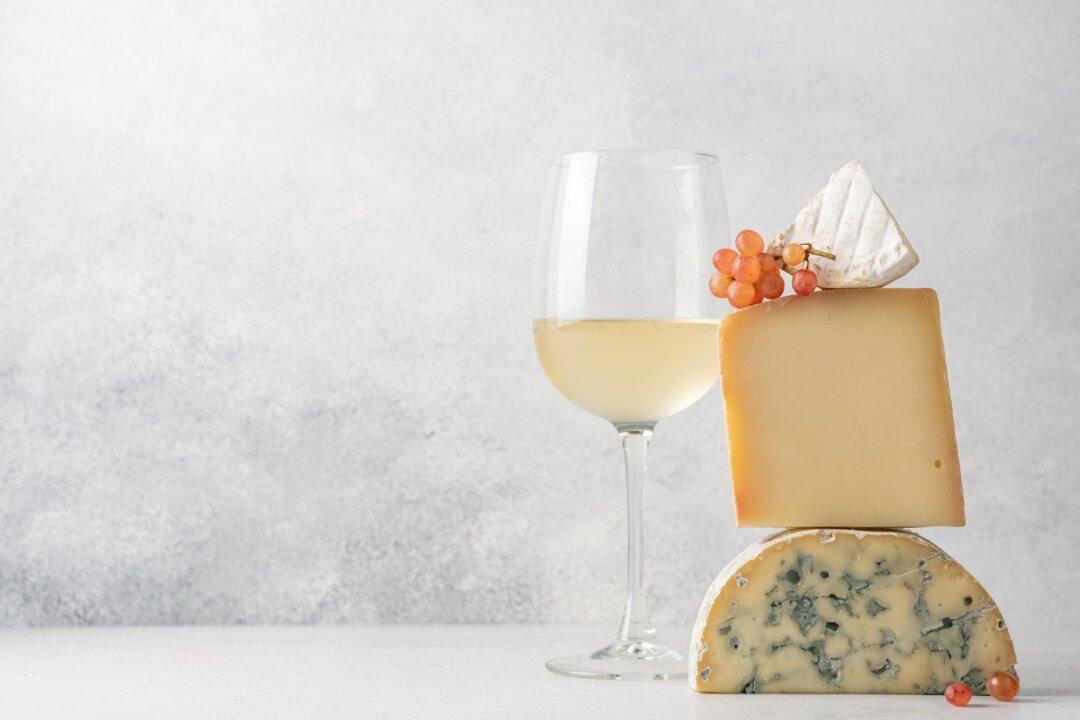In the last two decades, no one has done more instant adjusting to life’s meteorological vicissitudes than a California winemaker.
Erratic weather events, including climate change, have altered normal winemaking strategies and an early harvest this year compressed everything absurdly.
The 2022 Northern California wine grape harvest is roughly 80% concluded and September has just ended. To hear winemakers talk about it, it’s been a stressful and aggravating picking period.
Outsiders say it looks like chaos. Insiders say it is!
Living in wine country, I just witnessed my 38th consecutive harvest and have heard about “harvest havoc” annually since the late 1990s. This year has been as wild a ride as most winemakers have ever seen.
Harvest time worldwide always is hectic. Many things go on at the same time, usually at all hours. So, there’s little time for sleep, regular meals or much else, which is one reason many winemakers and cellar workers develop what’s often called a “crush beard.”
Raggedy facial hair is a result of no time to shave. Crush beards are so widely cultivated that many winery workers keep one year-round.
Annually, the grape harvest in this country differs from most European regions, where one or two grape varieties are harvested, limiting picking hecticness. In France’s Loire Valley, the primary variety is sauvignon blanc. Other grapes play minor roles, but one grape dominates.
By contrast, most U.S. wineries produce several different wines: chardonnay, pinot noir, grenache, zinfandel, cabernet, merlot and more. Different grapes ripen at different times. Whites usually come in first and reds arrive later.
Logistically, it’s hard to crush red wine grapes early in the year while white wine grapes remain to be picked. That’s because you have to work hard to keep grape crushing equipment from imparting any red color to later-picked whites. Erratic harvests often lead to more cleanup work.
One thing global climate change has done in California is to alter how grapes ripen. In several unusual cases this year, high heat caused reds to ripen earlier than some whites, an anomaly. In 2022, all bets were off after the second week of September, when an outrageous four-day heat event (110 degrees plus) created all sorts of headaches for growers and winemakers.
What appeared to be a normal year through mid-August shifted by early September. A week later, the heat dome that slammed northern California vineyards played havoc with expectations and ripening cycles. The vintage went from normal to frenzied.
My phone chats with winemakers were brief. Most ended with, “Sorry, I’m really busy!” Followed by a rapid hang-up. No goodbyes. All said the same thing. They were trying to figure out what was happening in the vineyards. Scant field reports led to guesswork. More often than not, winemakers told me, “We just don’t know.”
One winemaker who has made wine in Europe said overseas harvests are easier: “They only have to deal with one grape,” he said, adding, “I haven’t had much sleep and when the grapes finally do come in, I’m just glad things aren’t worse.”
All anybody wants now is for fermentations to finish so wines can be moved into tanks, barrels or bottles.
One blessing was a spot of rain.
Napa, Sonoma, Mendocino and Lake counties typically get about a half-inch of rain in mid-September. Global climate change altered that pattern, but rain returned, providentially, on Sept. 17. Most areas received between .5 and 1.5 inches, allowing some vineyards to return to normalcy.
Before all the grapes are in for the year in Northern California, the early word is that the frost of last April reduced the crop size by about 30%. But what’s already in looks terrific.
Wine of the Week: 2015 Harlow Ridge Petite Sirah, Lodi, California ($11): This grape variety typically produces a dark, fairly tannic red wine, but here the winemaking team at Bronco Wine Co. crafted a lovely example of deep fruit with no excessive astringency. Flavors of plum and blackberry lead the way, and the aftertaste is perfectly structured to pair with food. Occasionally seen for less than $9.





